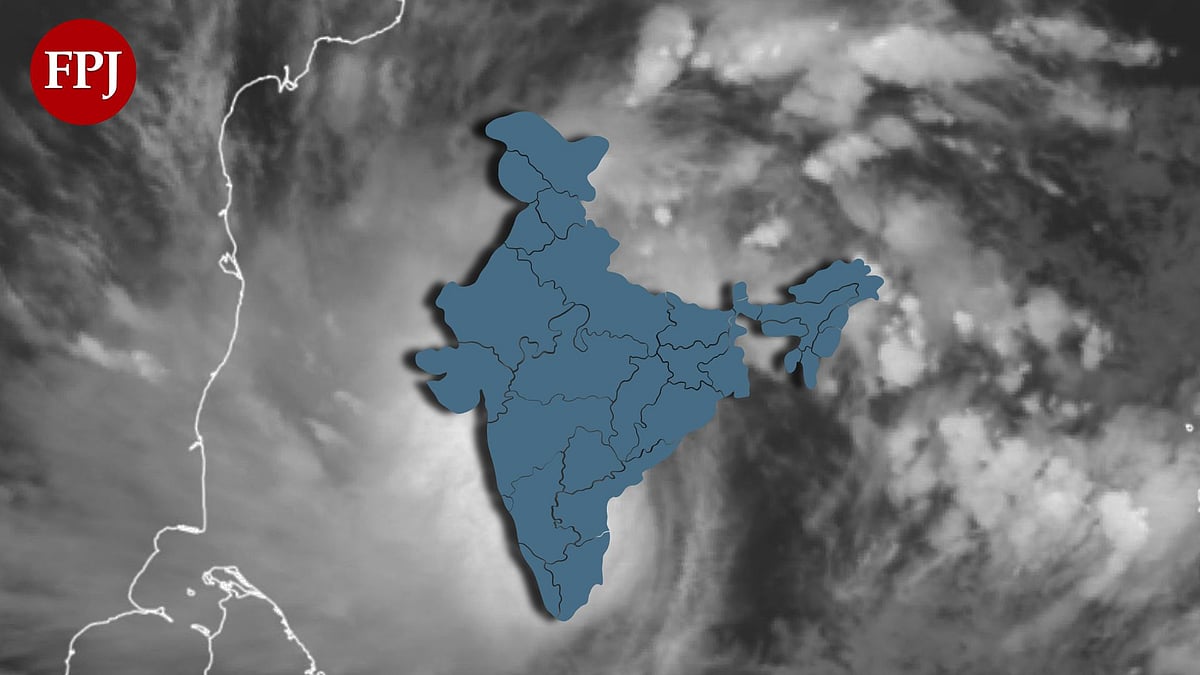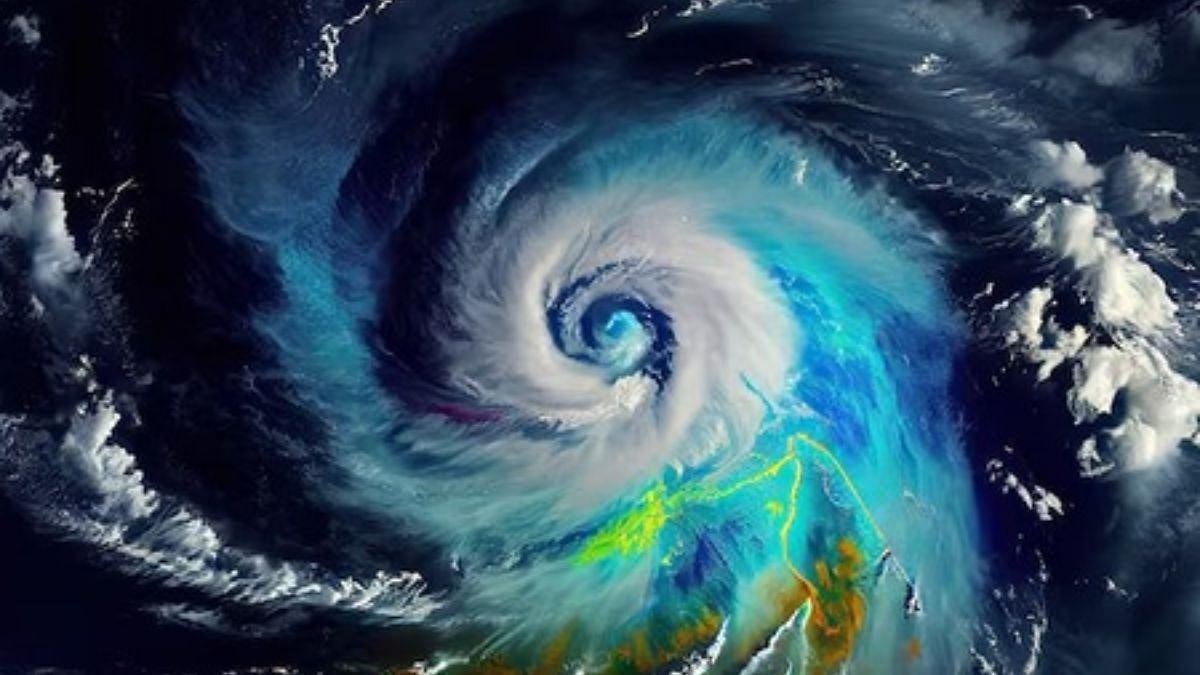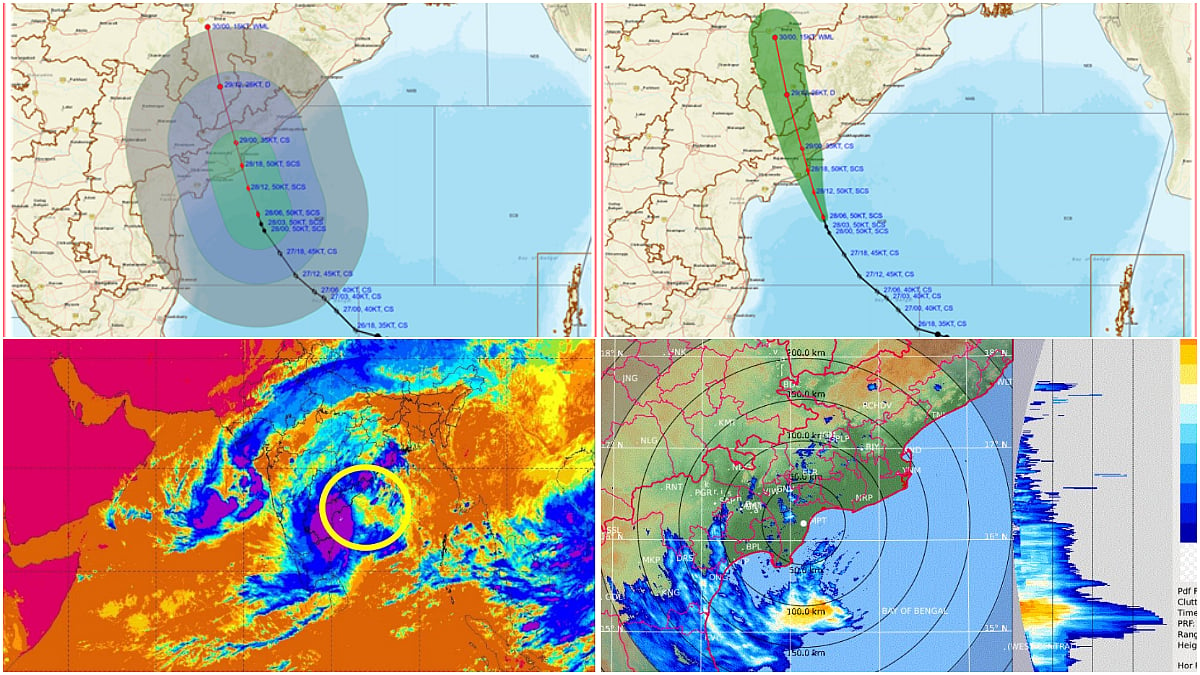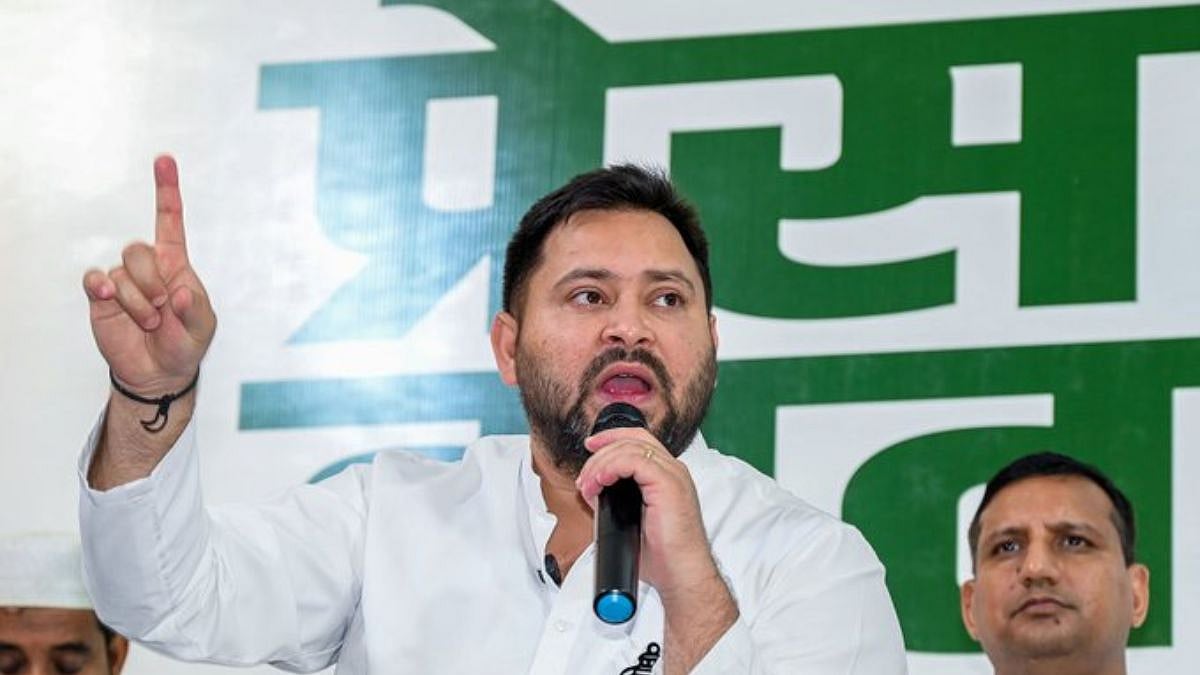New Delhi: As Cyclone Montha intensifies into a severe cyclonic storm over the Bay of Bengal, several Indian states have been placed under red or orange alert.
The India Meteorological Department (IMD) has forecast heavy to extremely heavy rainfall, rough sea conditions and strong winds as the system heads towards the Andhra Pradesh coast. Montha, meaning 'fragrant flower' in Thai, is likely to make landfall near Kakinada between Machilipatnam and Kalingapatnam this evening (October 28).
Here's a list of states that are likely to get affected by the storm:
Andhra Pradesh
Andhra Pradesh is expected to face the heaviest impact as the cyclone closes in. IMD officials warned of winds touching 90–110 kmph, accompanied by intense downpours across coastal districts. The Indian National Centre for Ocean Information Services (INCOIS) has predicted high sea waves, up to 4.7 metres between Nellore and Srikakulam, raising the risk of flooding in low-lying coastal belts.
Chief Minister N Chandrababu Naidu has ordered the evacuation of residents from vulnerable areas to safer shelters and directed officials to ensure food, water and medical facilities in relief centres. District administrations have been instructed to track the storm’s movement on an hourly basis and coordinate rescue and restoration operations.
Odisha
Neighbouring Odisha also began shifting residents from eight southern districts, where rainfall of extreme intensity is expected. The affected districts include Malkangiri, Koraput, Nabarangpur, Rayagada, Gajapati, Ganjam, Kalahandi and Kandhamal. Revenue and Disaster Management Minister Suresh Pujari said the government’s immediate goal is “zero casualty,” with particular attention given to elderly citizens, pregnant women and persons with disabilities.
More than 120 rescue units, drawn from the NDRF, ODRAF and Fire Services, have been mobilised to manage potential flooding and landslides, particularly in hilly regions.
Telangana
The Meteorological Centre in Hyderabad alerted for a five-day rainfall intensity forecast for Telangana, highlighting extremely heavy rain risks in eastern districts like Khammam and Bhadradri Kothagudem today and tomorrow, easing to lighter showers statewide by October 30 to November 1. Orange alerts for over ten districts in the states have raised concerns about flash flooding, reminiscent of Cyclone Gulab's 2021 impact on over 500,000 people.
Tamil Nadu
Northern parts of Tamil Nadu, including Chennai, Tiruvallur, Ranipet and Kancheepuram, have already recorded significant rainfall. The Regional Meteorological Centre (RMC) said intermittent showers are likely to continue as Montha tracks northward, although severe damage in the state is not anticipated.
Deputy Chief Minister Udhayanidhi Stalin visited flood-prone zones in Chennai and reviewed preparedness. Fishermen have been advised not to venture into the sea until October 29, with warnings of rough surface winds and turbulent waters.
Maharashtra
Though far from the storm’s centre, Maharashtra’s Vidarbha region is expected to receive rainfall from Montha’s outer circulation. Districts such as Chandrapur, Yavatmal, Gadchiroli, Wardha, Washim, Bhandara, Gondia and Nagpur may experience moderate to heavy showers and gusty winds up to 50 kmph between October 28 and 30. A yellow alert has been issued for these areas.
Madhya Pradesh
The IMD has placed parts of Madhya Pradesh under yellow alert, cautioning of moderate rain and thunderstorms as remnants of Montha move inland after landfall. District administrations have been asked to stay on standby for possible flooding in low-lying zones.
West Bengal
While not in the direct path of the cyclone, West Bengal’s southern districts are expected to experience light to moderate rain as the system weakens and travels northeastward. Coastal vigilance has been stepped up, and fishermen have been advised against entering the Bay of Bengal.
Gujarat and Rajasthan
As the cyclone weakens into a depression later this week, the IMD expects isolated rain over parts of Gujarat and Rajasthan. Local authorities have been asked to monitor weather developments, especially in western districts where unseasonal rainfall could affect agriculture.








